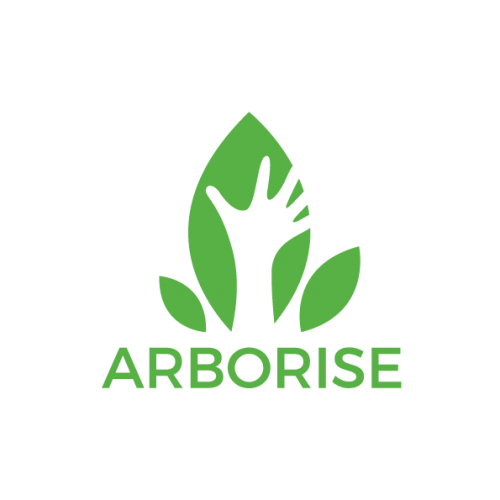One of the aims of the Cooperative, and the main role of the Cooperative Committee, is to draw up a key for distributing the carbon revenues. It is certainly not up to arboRise to define how this income will be shared among the cooperative members. This choice must be made by those primarily concerned, in accordance with local traditions and customs.
But what will these criteria be? And how will they be weighted? Should effort and merit be taken into account, or should income be distributed uniformly? Can fate be invoked to justify certain disappointing results? etc.
Rather than discuss these criteria in the abstract, we opted for serious games, which are more effective. In practical terms, we used pre-printed tarpaulins with a number of scenarios on them, as in this case, where the aim was to distribute income according to the hazards suffered by the landowners:


Each member of the cooperative committee was given 20 (symbolic) coins representing the project’s carbon revenues and was tasked with dividing them between the 10 situations presented on the tarpaulin, then commenting on his or her choice in front of his or her peers.




As the day progressed, a consensus quickly emerged on the principles for distributing carbon income, for example:
- Compliance with the cooperative’s rules by each member should be rewarded in proportion to the effort required to comply with each rule. For example, certain ‘costly’ rules (such as the installation of firewalls around the pitches) should be better rewarded than simple rules (such as the installation of tape to mark the pitches).
- Of course, those who do a great deal to encourage the growth of trees on their plots should be rewarded, but the ‘undeserving’ should also be given a little, otherwise they risk leaving the project.
- The reward should (very clearly) be for the result (the density and height of the trees on the land) and not for the effort required to achieve this result.
- External factors (infertility of the land, fires, etc.) should not be regarded as inevitable: it is the responsibility of the landowning family if it has chosen an unfavourable plot of land or if its land has been affected by fires.
Over the following days, we repeated the same exercise in the 26 villages, 2 villages a day, with all the land families in the village and in the presence of the 2 members of the village cooperative committee. The idea was to show the farmer-families the complexity of the Cooperative Committee’s task, and it also made it possible to express out loud what everyone else is thinking: in the end, it will be those who achieve results who receive the most carbon income. Another reassuring lesson is that there are no real differences between the villages: the distribution choices are fairly homogenous.
At the very end of the tarpaulin exercise, we asked each village ‘how much of your carbon revenue would you be prepared to share freely with your village? Most of the participants said they would be willing to share around 10% of their carbon revenue with their community. This would enable the villages to develop their infrastructure (wells, market gardening, health post, school, etc.).
We also spoke to the land families about their opportunity costs. Indeed, if these farmers lend land to be reforested, they are potentially giving up income from their crops. We therefore immersed ourselves with them in the details of hillside rice cultivation to understand every aspect (yields, expenditure, length of crops, fallow periods, etc.).




In all, 255 people in the 26 villages, or 88% of all the family plots, took part in this deliberative process. For arboRise, participatory reforestation is not an empty word. It’s essential that everyone has their say so that everyone takes ownership of the project.
Thank you to the Somaha Foundation for helping to make this consultation possible.
![]()
![]()
In our experience, leaders are one of the levers of change in any organisation or social group. And our process also aims to facilitate the emergence of new leaders, legitimised by transparent elections in their village, then at sub-prefectoral level, within the Cooperative. Of course, the current political leaders (sub-prefect, mayor of Linko, village chiefs) are involved in the process. They are delighted with the momentum generated by the project in the region. Indeed, we are convinced that it is the networking of leaders (old and new!) that will be decisive.

